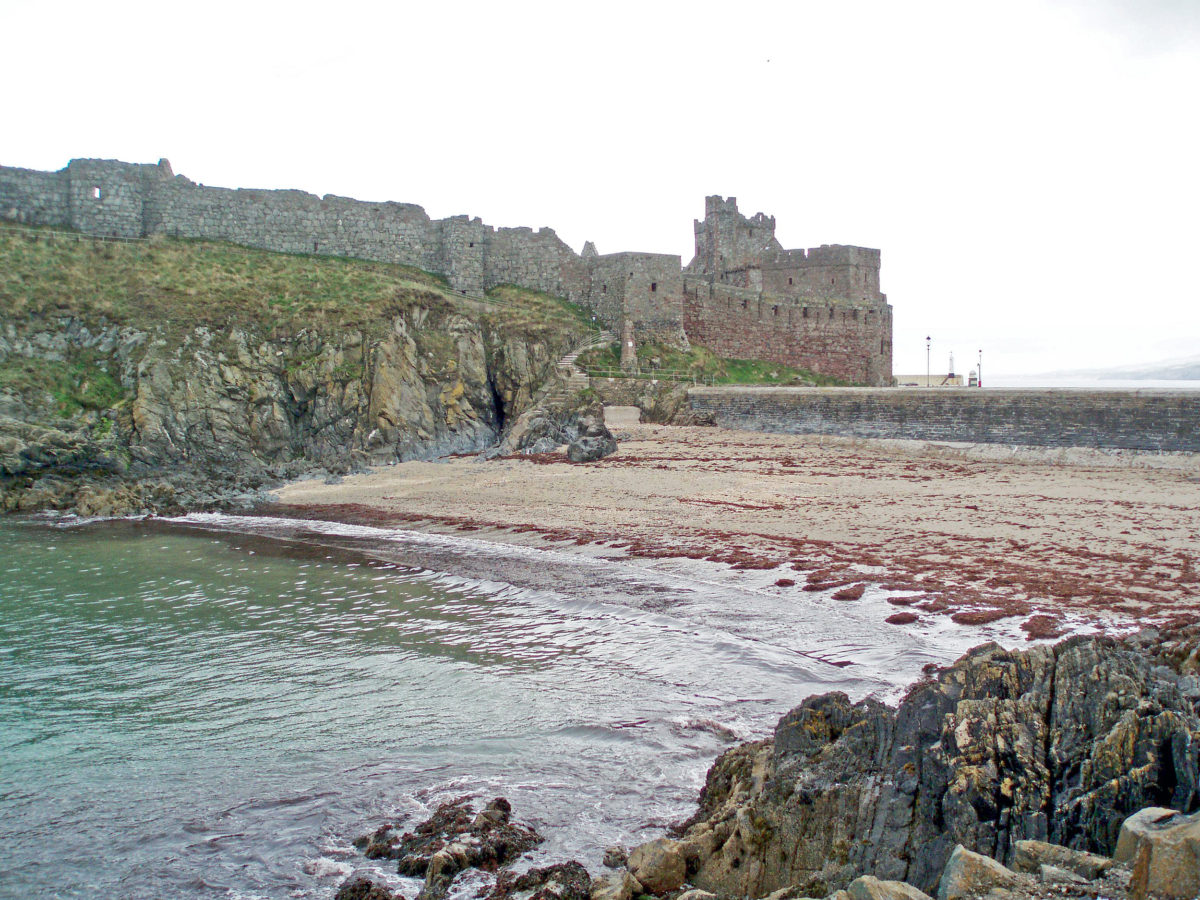Even though my only visit to the Isle of Man came almost twenty years ago, at the end of an almost month-long vacation to Scotland and England’s Lake District, the three days we spent on the Isle of man were memorable.
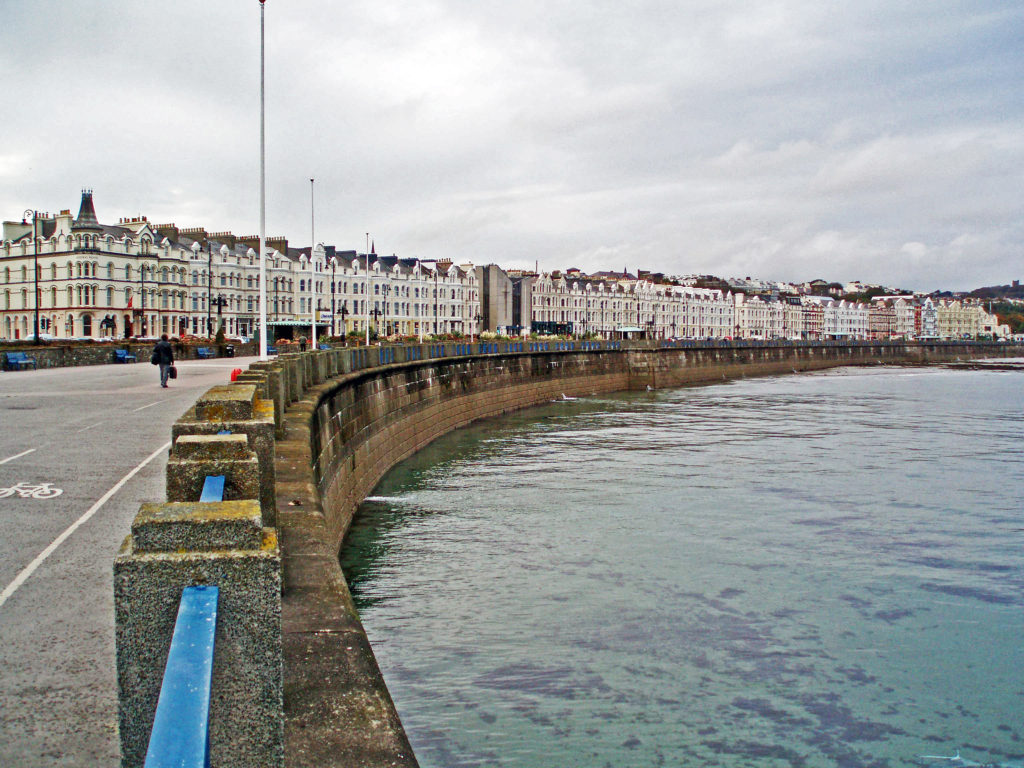
The Isle of Man lies in the Irish Sea, halfway between Liverpool and Belfast. My sister in law had visited the island previously and thought we would like it, so my wife and I added it to the itinerary for our 2006 trip to England and Scotland. And I’m glad we did. The Isle of Man is a very interesting and charming place, and certainly one of the most unique places that we have visited in our travels.

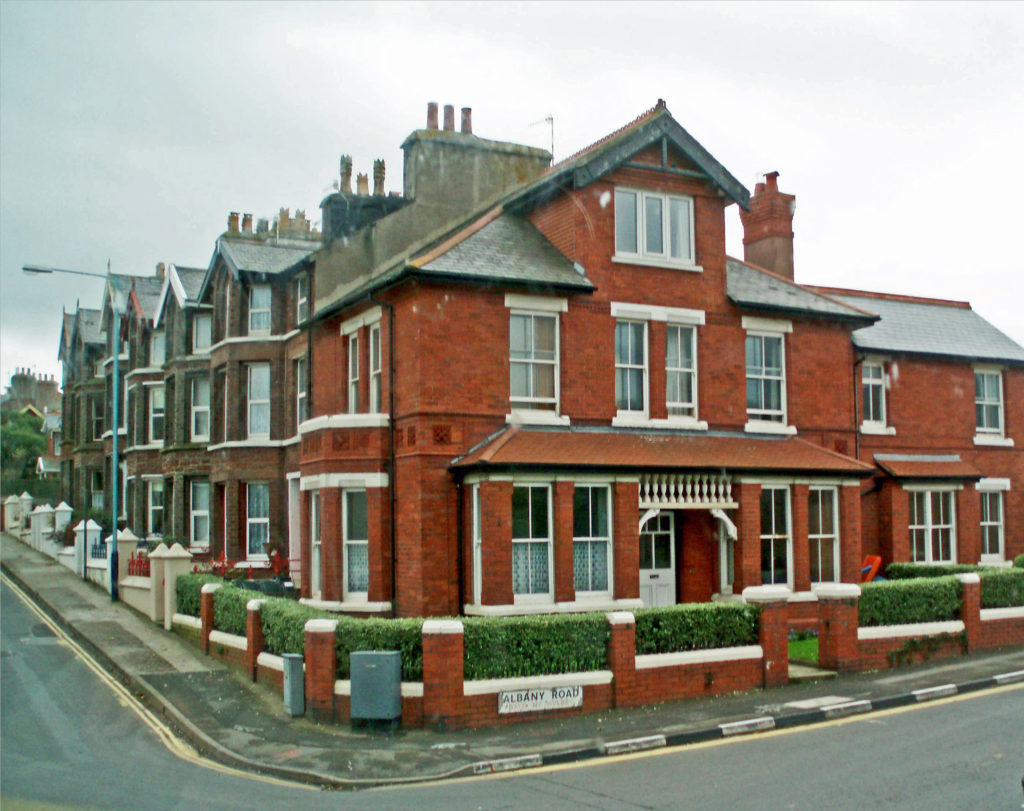 Not quite an independent country, the Isle of Man is officially a Protectorate of the United Kingdom. The UK is responsible for the island’s defense and representing the island in international affairs. But the Isle of Man is not actually a part of the United Kingdom. The island’s parliament, which has been in existence since the 10th century, governs all domestic matters, and the island has its own legal and political systems and its own currency. (The British Pound is also legal tender on the Isle of Man, but the reverse is not true, as I found out when I accidentally tried to pay a bar tab back in England with an Isle of Man £20 note. The barkeep was not amused, to say the least.)
Not quite an independent country, the Isle of Man is officially a Protectorate of the United Kingdom. The UK is responsible for the island’s defense and representing the island in international affairs. But the Isle of Man is not actually a part of the United Kingdom. The island’s parliament, which has been in existence since the 10th century, governs all domestic matters, and the island has its own legal and political systems and its own currency. (The British Pound is also legal tender on the Isle of Man, but the reverse is not true, as I found out when I accidentally tried to pay a bar tab back in England with an Isle of Man £20 note. The barkeep was not amused, to say the least.)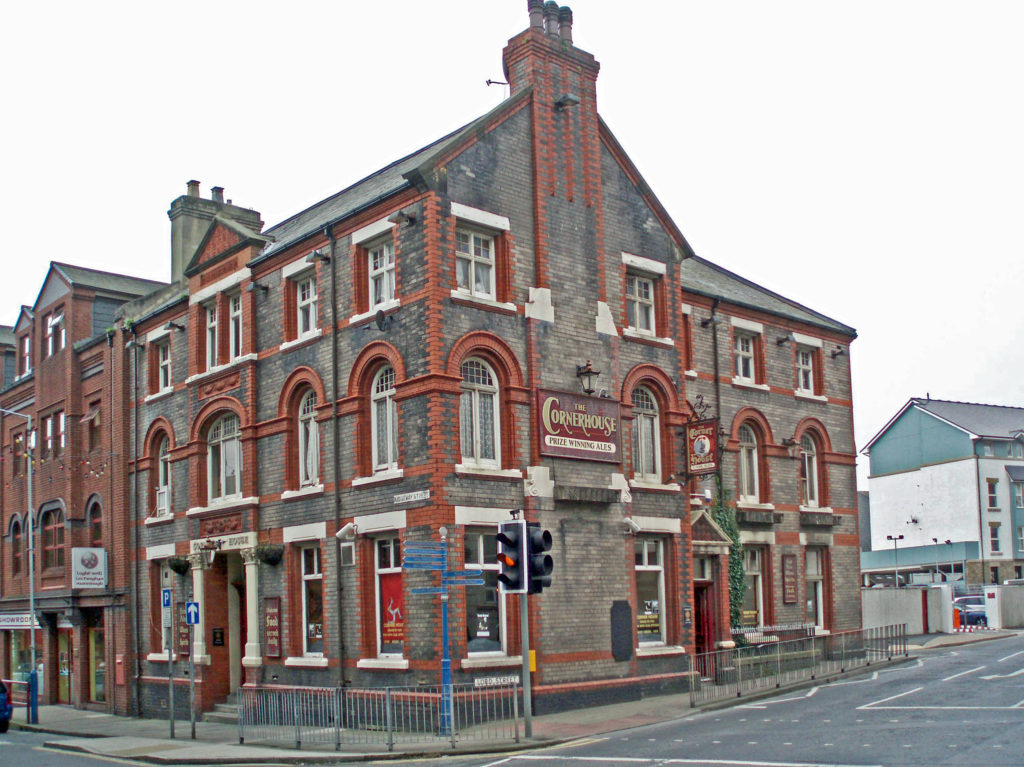

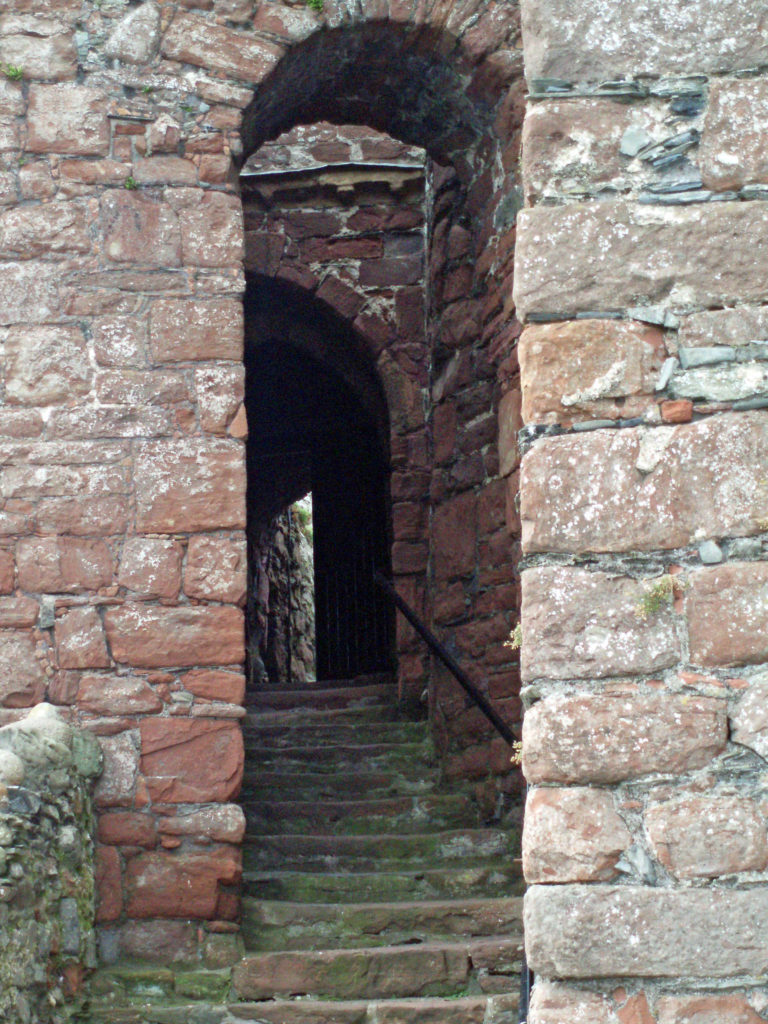 Getting to the island is relatively easy. It is no more than a 30 minute flight from any major city in the UK or Ireland. We, however, traveled to the island by passenger ferry from Heysham, England, which takes about two and a half hours. Ferries from Heysham and Liverpool run year round. In the summer months, there are also ferries from Belfast and Dublin to Douglas, the capital and largest city on the island.
Getting to the island is relatively easy. It is no more than a 30 minute flight from any major city in the UK or Ireland. We, however, traveled to the island by passenger ferry from Heysham, England, which takes about two and a half hours. Ferries from Heysham and Liverpool run year round. In the summer months, there are also ferries from Belfast and Dublin to Douglas, the capital and largest city on the island.
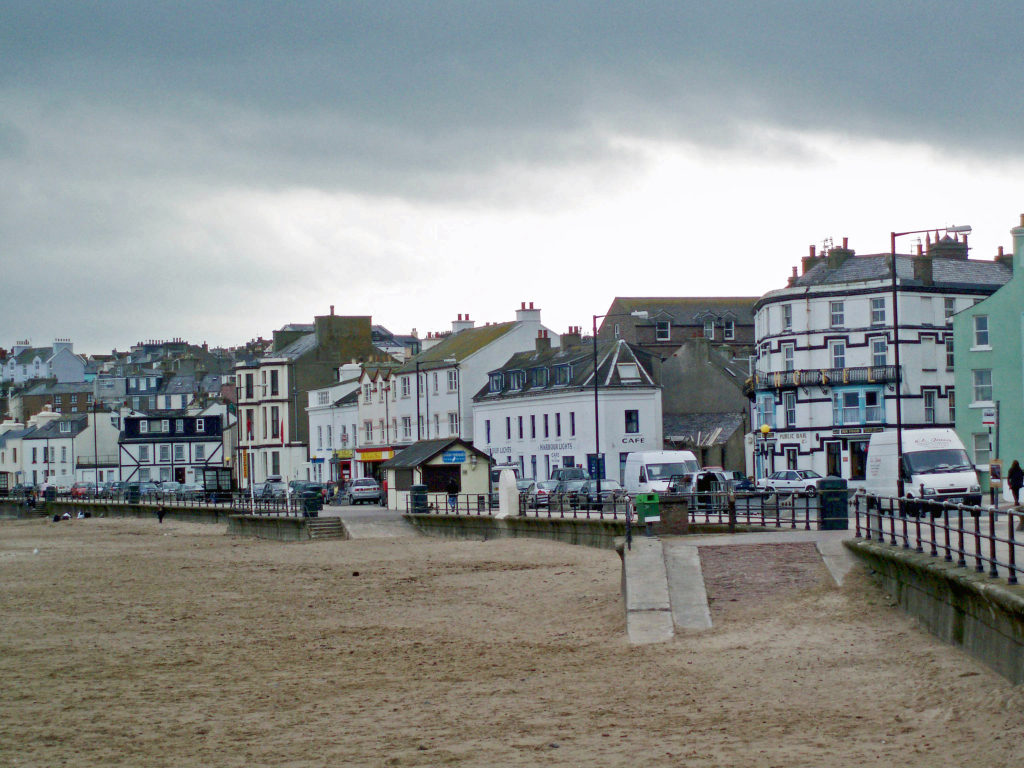
Getting around on the Isle of Man is also easy. There is a government run bus system that covers the entire island. And since it is a small island, only roughly 300 square miles in size, all of the towns on the island are within about twenty miles of each other. There is also steam powered railroad running between Douglas and Port Erin in the south, and an electric railway running between Douglas and Ramsey in the north. And there is even an electric railway running to the summit of Snaefel, the highest peak on the island.
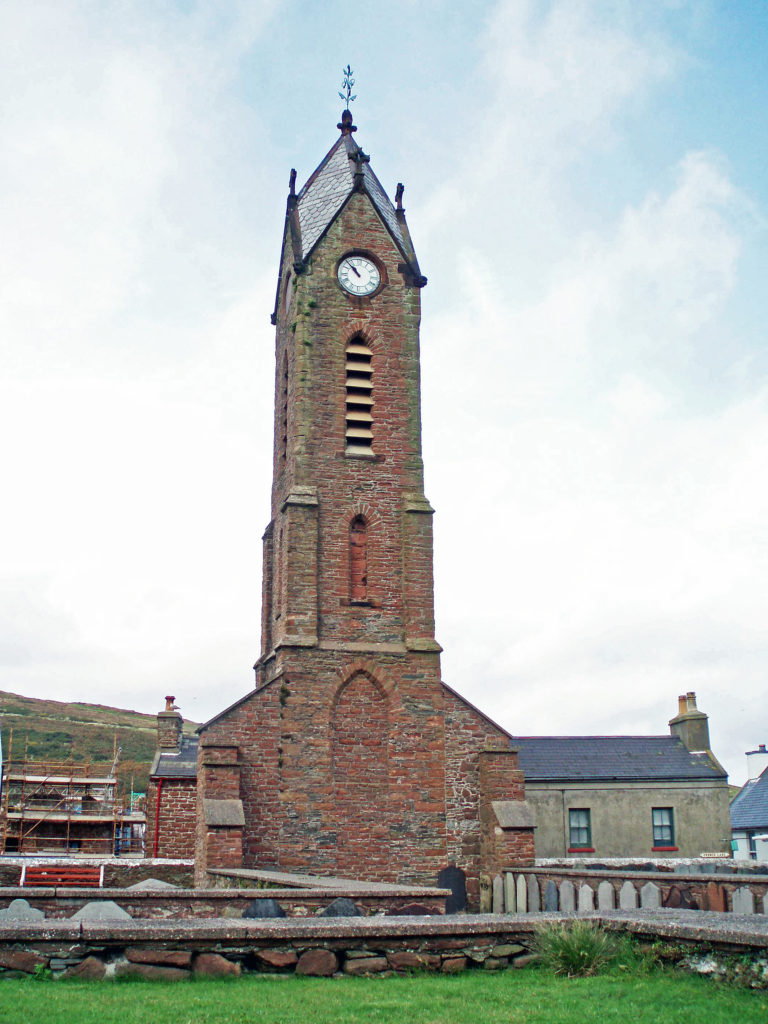
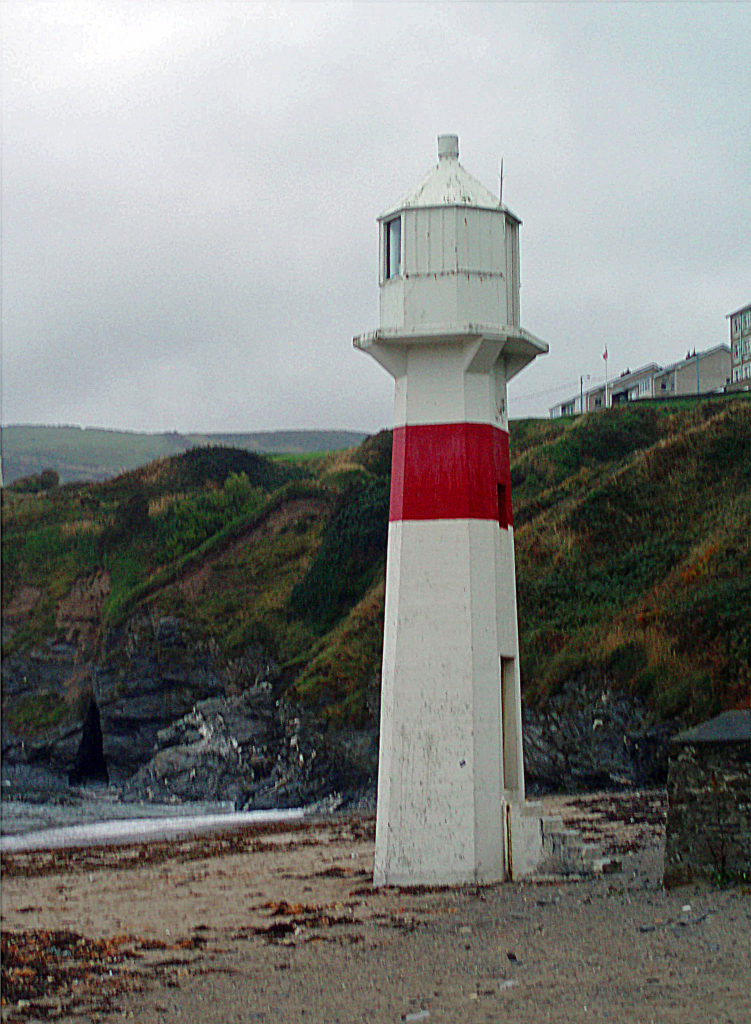
We stayed in Douglas and spent most of our time on the island exploring the city, but we also ventured to Peele, on the west coast, by double-decker bus, and to Port Erin by the steam train. Neither of us had ever ridden in a double-decker, and the train was one of a kind. I’m not sure which was more fun, riding in the front seat of the upper deck on the bus, or riding the little steam train on its leisurely journey to Port Erin.
 On our train ride we met a local gentleman who was happy to pass on some of his knowledge of the island and its history. We found the Manx people to be friendly and welcoming.
On our train ride we met a local gentleman who was happy to pass on some of his knowledge of the island and its history. We found the Manx people to be friendly and welcoming.
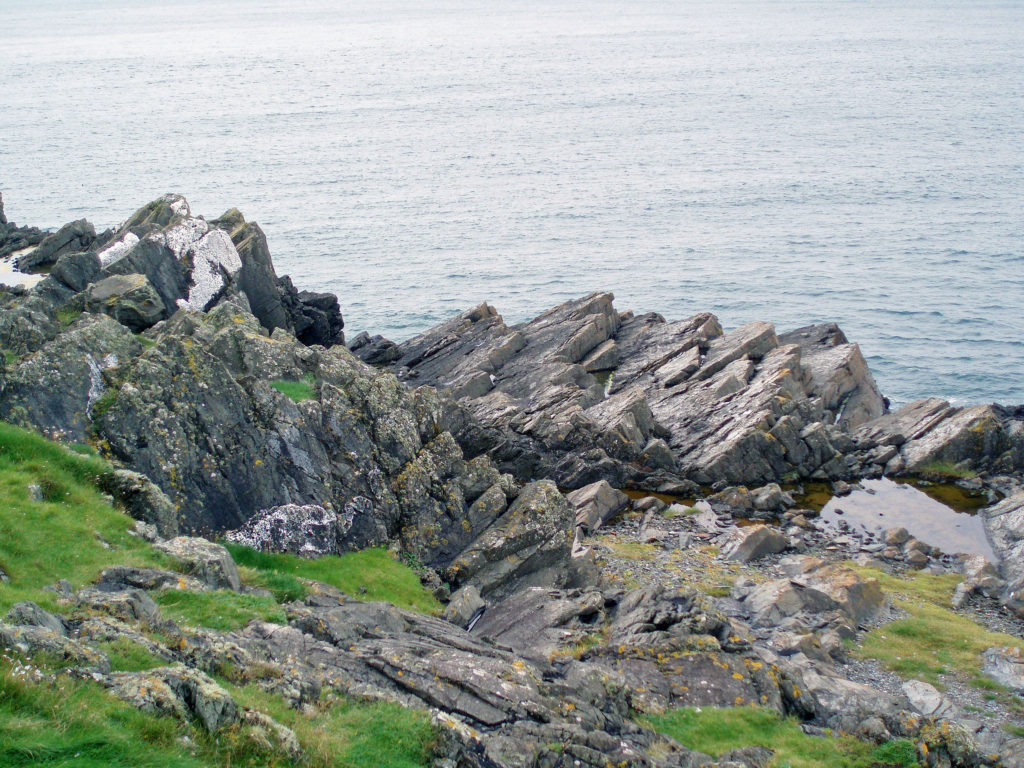 The Isle of Man has an interesting history. It has been ruled by the Celts and the Vikings, and it has, at various times, been part of Norway, Scotland, and England. But the Manx people have a strong sense of their own identity and have managed to maintain that identity for more than a millennia, regardless of who ruled the island. Tynwald, the Isle of Man parliament, is one of the oldest, if not the oldest, in the world. And human occupation of the island goes back to at least 6500 BC.
The Isle of Man has an interesting history. It has been ruled by the Celts and the Vikings, and it has, at various times, been part of Norway, Scotland, and England. But the Manx people have a strong sense of their own identity and have managed to maintain that identity for more than a millennia, regardless of who ruled the island. Tynwald, the Isle of Man parliament, is one of the oldest, if not the oldest, in the world. And human occupation of the island goes back to at least 6500 BC.
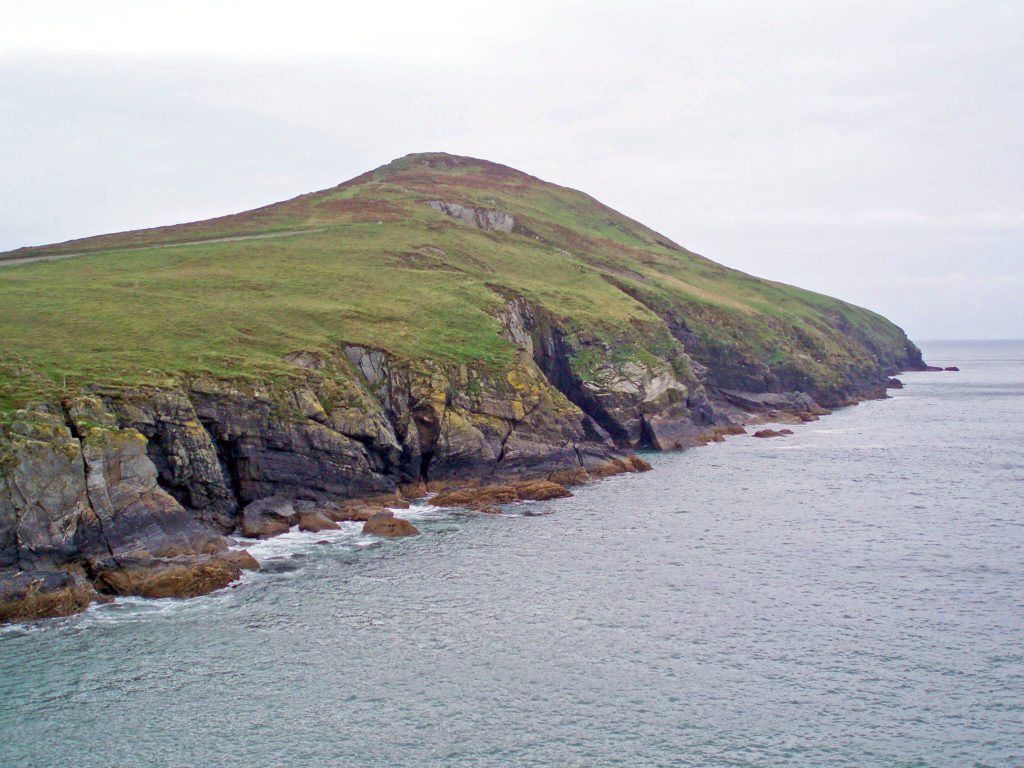 The Isle of Man is known for the short-tailed Manx breed of cats. The island is also the home of a four- and sometimes six-horned breed of sheep, and a population of red-necked wallaby, which have become established on the island after escaping from a wildlife park. We saw many of the odd looking sheep, but no cats or wallabies, sorry to say.
The Isle of Man is known for the short-tailed Manx breed of cats. The island is also the home of a four- and sometimes six-horned breed of sheep, and a population of red-necked wallaby, which have become established on the island after escaping from a wildlife park. We saw many of the odd looking sheep, but no cats or wallabies, sorry to say.
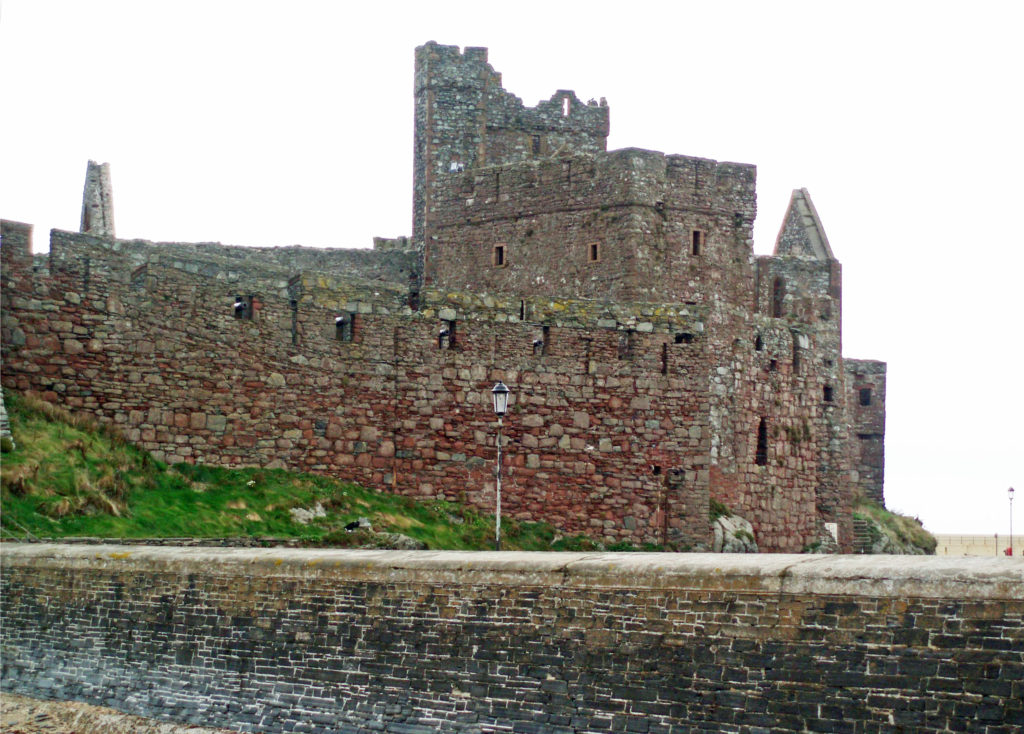 Motor sports fans know the island for the Isle of Man Tourist Trophy motorcycle races. For two weeks in May or June, the island becomes one giant racetrack. The TT, as it’s known, was first held in 1907, and is probably the most famous motorcycle race in the world today.
Motor sports fans know the island for the Isle of Man Tourist Trophy motorcycle races. For two weeks in May or June, the island becomes one giant racetrack. The TT, as it’s known, was first held in 1907, and is probably the most famous motorcycle race in the world today.
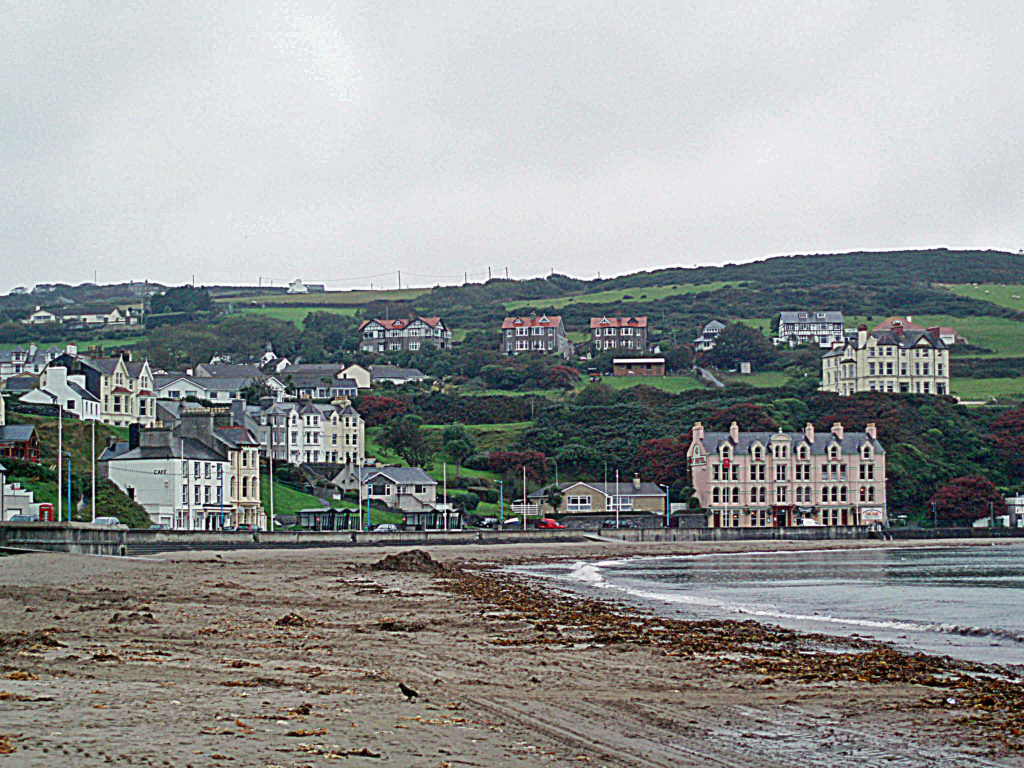
The Isle of Man was a popular tourist destination for a good part of the 20th century. But the advent of cheap flights from Great Britain to southern Europe led to a significant decline in the tourist industry. Today, the economy of the island revolves around banking, insurance, online gaming, and information technology.
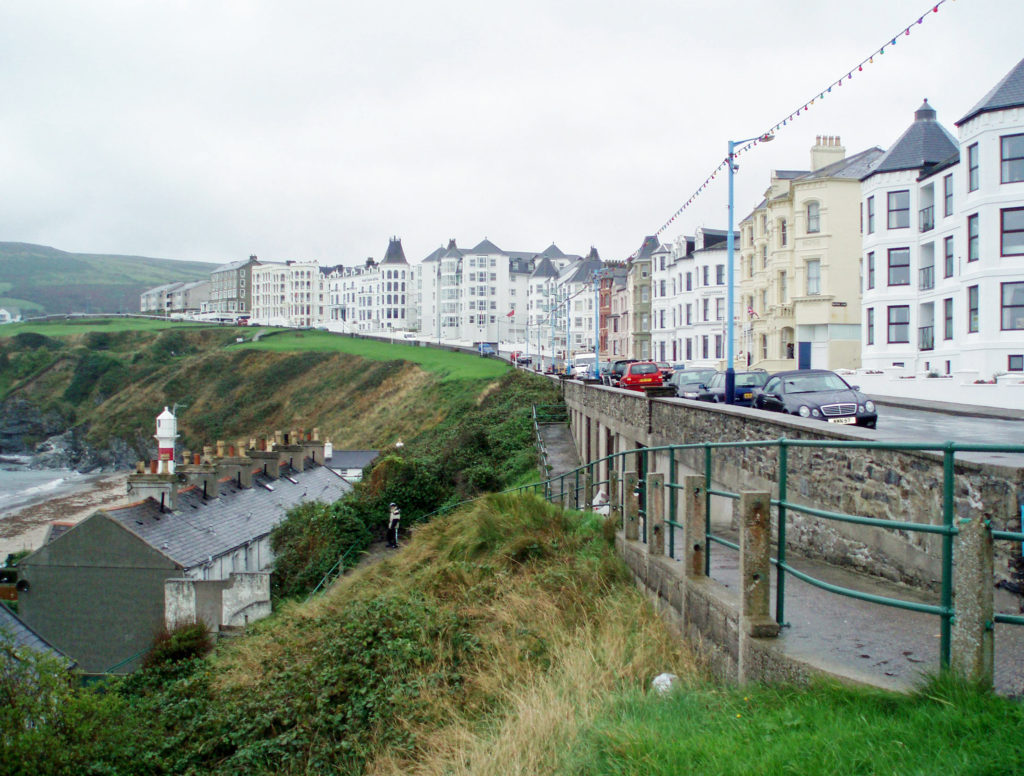 While the Isle of Man might not be a tourist destination in its own right, at least for those of us from North America, we thoroughly enjoyed our time there, and I would like to go back someday. It has been some time since we visited, but given the island’s long history, I doubt that its essential character has changed much over the past seventeen years. I’m sure it remains a worthy addition to any trip to Great Britain or Ireland.
While the Isle of Man might not be a tourist destination in its own right, at least for those of us from North America, we thoroughly enjoyed our time there, and I would like to go back someday. It has been some time since we visited, but given the island’s long history, I doubt that its essential character has changed much over the past seventeen years. I’m sure it remains a worthy addition to any trip to Great Britain or Ireland.
 Originally posted by Alan K. Lee, December 4, 2020. Updated and re-posted August 28, 2023.
Originally posted by Alan K. Lee, December 4, 2020. Updated and re-posted August 28, 2023.
All photos © Alan K. Lee

